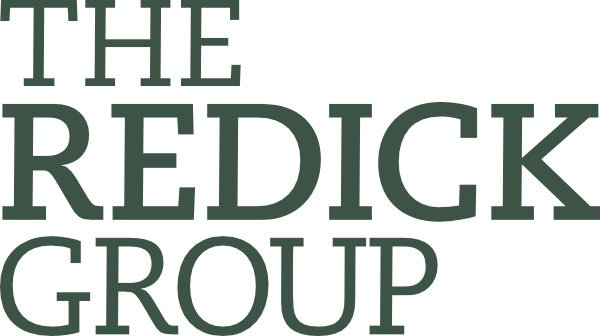If you’re preparing for a career change, you’ve come to the right place.
I’m Jared Redick, and as a San Francisco-based career coach and executive résumé writer, I offer an expansive new way of thinking about career development that helps professionals pair possibility with reality.
Why possibility and reality?
Because career growth strategies evolve as learners become leaders.
Paradoxically, while compensation, authority, and influence increase as one’s career progresses, opportunities narrow as leaders move up the ladder.
Job search strategies that worked in one’s early career become obsolete as a senior leader.
And because professionals often have their heads down—just doing the good work and being carried along by the winds of change—they’re usually unpracticed when they suddenly find themselves considering a career change at 10, 15, or even 25 years of work.
That’s when they meet me.
If you want to stack the career odds in your favor—not just making a move, but making the right move—I’ve developed a framework and process to help you do just that.
But you’re going to need thoughtfulness and time, so while it’s counterintuitive and won’t feel great at first, I’m going to ask you slow down as you read the ideas I share below.
If you want to take control of your career, I promise it’ll be worth it.
Asking the right questions.
One of the most important parts of my work with private clients is helping them get out in front of their own narrative.
Part of that means asking the right questions, so in that spirit, I want to start with two key questions that will frame our efforts if we end up working together.
You’ll eventually have a chance to schedule an intake session with me if you decide my way of thinking might support your career goals.
First, what type of job seeker are you right now?
Active Job Seeker: This is you if you plan to openly launch a job search and it doesn’t matter who knows about it. In fact, in many cases it might be helpful for people to know about it.
Stealth Job Seeker: If you’re planning to conduct a job search while you have a job—and you can’t openly divulge your intentions—you’re a stealth job seeker. Brand development and quiet job search is significantly nuanced.
Passive Job Seeker: You’re a passive job seeker if you aren’t actively looking to make a career change, but wouldn’t mind being found and poached for interesting roles. Even better if you can help those opportunities find you on LinkedIn, and then have your executive résumé ready to respond when a recruiter reaches out.
The truth is, whether we realize it or not, we’re all job seekers. All the time. But the closer we are to the “passive job seeker” category, the more our intentions need to fly under the radar, and the more wizardry we need to bring into your professional brand development.
Second, how many career targets do you have?
One career target
Two to three career targets
Three or more career targets, with a dash of the unknown
The number of career targets you have will (a) tell me how much prep and research we’ll need to do before we begin writing, and (b) inform the development strategies we’ll draw from to write your story.
Thinking about working together?
My work is loads of fun, but it’s also complex, with a serious purpose and outcome. To help with your decision-making, and to optimize our first session together, I’ve prepared the following 3-step pre-engagement process based on countless intake calls over 20+ years.
Add dimension to your leadership career with research-backed intention and in-depth story development. Emerge from our work together with clarity, a fresh outlook, and a set of powerfully branded materials that speak to the entirety of your professional ambitions.
Step 1 of 3: Choose the path that best describes you
One job target
“I know where I want to go and I really just need a great résumé.”
1 career target
3-5 weeks
This is the most direct of the three paths. Ideal when your direction is clear and you need your materials to match.
Multiple paths
“I have multiple career ambitions and need a strategy.”
2-3 career targets
2-3 months
This program is ideal when you’re balancing two or more directions and want a single, integrated career narrative.
Career curious
“I have some ideas, but want to explore what else is possible.”
2-3 targets + unknown roles
3+ months
You're uncertain or navigating a major transition, this program explores, clarifies, and brands your possibilities.






